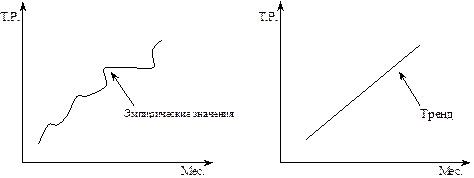Sources of Language History
Every living language changes through time. It is natural that no records of linguistic changes have ever been kept, as most changes pass unnoticed by contemporaries. The history of the English language has been reconstructed on the basis of written records of different periods. The earliest extant written texts in English are dated in the 7th c.; the earliest records in other Germanic languages go back to the 3rd or 4th c. A.D. The development of English, however, began a long time before it was first recorded. In order to say where the English language came from, to what languages it is related, when and how it has acquired its specific features, one must get acquainted with some facts of the prewritten history of the Germanic group. Certain information about the early stages of English and Germanic history is to be found in the works of ancient historians and geographers, especially Roman. They contain descriptions of Germanic tribes, personal names and place-names. Some data are also provided by early borrowings from Germanic made by other languages, e.g. the Finnish and the Baltic languages. But the bulk of our knowledge comes from scientific study of extant texts. The pre-written history of English and cognate languages was first studied by methods of comparative linguistics evolved in the 19th c. By applying these methods linguists discovered the kinship of what is now known as the Indo-European (IE) family of languages and grouped them into Germanic, Slavonic, Romance, Celtic, and others. It is one of the intentions of this course to show how comparison of existing and reconstructed forms can demonstrate differences and similarities in languages, and how reconstructed forms help to understand later developments. Modern linguistics has improved on the methods of comparative linguistic research applied in the 19th c. In addition to external reconstruction which was based on comparing different languages, the recently formulated method of internal reconstruction studies history from internal sources alone. This method is based on the assumption that every language is a well organised and well balanced structure of elements. Hence, if among the productive systems of the language there occur some smaller, non-productive systems one can surmise that they are relics of preceding stages of development. When traced into the past, these systems often appear more numerous and more productive, e.g. modern plural forms like oxen, teeth, isolated now, were found in larger groups of nouns at an earlier period. It follows that the past history of a language can also be reconstructed by considering its dialectal varieties, since the dialects often preserve forms, words or pronunciations which have become obsolete in the literary standard.
|




